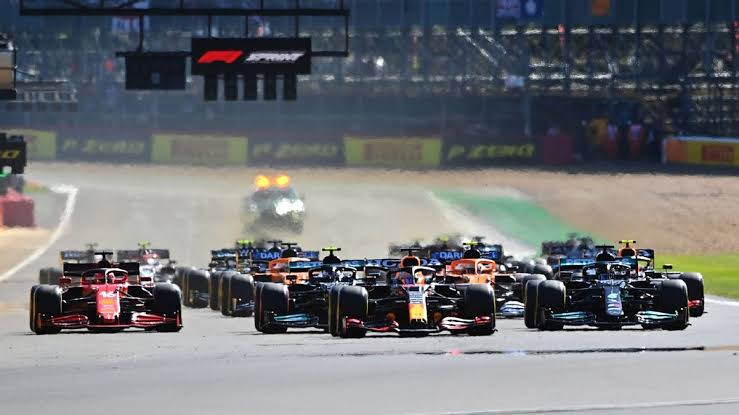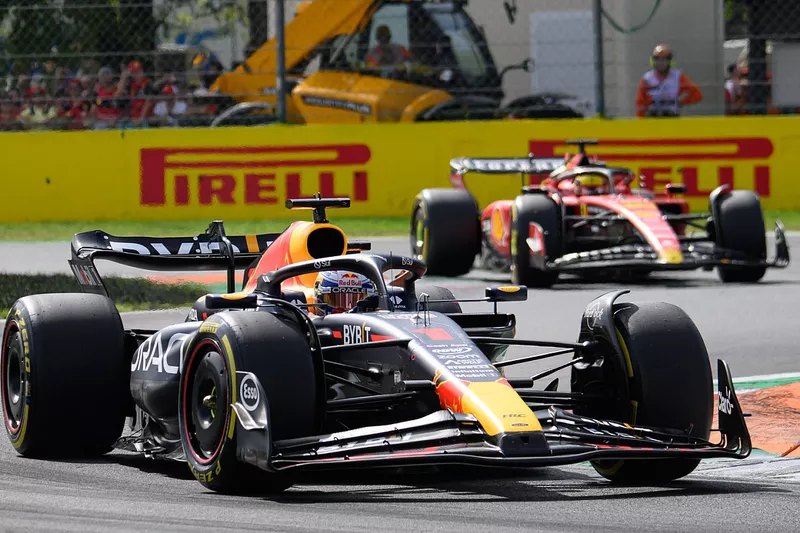How Does F1 Point System, Table Distribution, Races, Sprint Works; Explained
Formula 1, often referred to as the pinnacle of motorsport, is a complex ecosystem where every detail, from the aerodynamics of the cars to the strategies of the teams, matters. Among the intricacies of F1, the points system, table distribution, and the introduction of sprint races add layers of excitement and strategy to the sport. Let’s take a closer look and decipher how these elements work.
Points System Unveiled
The core principle of the F1 points system is simple: finishing higher in the race earns you more points. At the end of each Grand Prix, drivers and teams are rewarded based on their race performance. The scale begins with the winner, who claims the lion’s share:
1st Place:The victor secures a substantial 25 points, a significant advantage.
The allocation of points descends gradually through the ranks:
2nd Place: The runner-up earns 18 points, an admirable achievement.
3rd Place: The final step on the podium grants the driver 15 points, solidifying their position in the championship.
As the race positions go down, so do the points.
- 4th Place: 12 points
- 5th Place: 10 points
- 6th Place: 8 points
- 7th Place: 6 points
- 8th Place: 4 points
- 9th Place: 2 points
- 10th Place: 1 point
These points serve as the bedrock for drivers and teams to build their championship aspirations. With each race, the points tally evolves, shaping the narrative of the season.
Enter Sprint Qualifying
- 1st Place in Sprint Qualifying: 8 points
- 2nd Place in Sprint Qualifying: 7 points
- 3rd Place in Sprint Qualifying: 6 points
- 4th Place in Sprint Qualifying: 5 points
- 5th Place in Sprint Qualifying: 4 points
- 6th Place in Sprint Qualifying: 3 points
- 7th Place in Sprint Qualifying: 2 points
- 8th Place in Sprint Qualifying: 1 point
This innovation adds an extra layer of excitement to race weekends, creating strategic dilemmas for teams and drivers aiming to maximize their points haul.
The Quest for the Fastest Lap
But the quest for points doesn’t end with the race results. F1 drivers can secure an additional point by setting the fastest lap during the race. To claim this bonus point, they must finish within the top 10 points-scoring positions.
Fastest Lap: 1 additional point
This dynamic rule has led to thrilling late-race showdowns as drivers push their cars to the limit in pursuit of the fastest lap.
The Grand Total
In a season that typically spans multiple races, these points accumulate to determine the drivers’ and constructors’ championship standings. It’s a mathematical ballet where consistency, speed, and strategy dance together, shaping the destiny of each competitor.
So, the next time you tune in to watch the high-speed drama of Formula 1, you’ll have a clearer understanding of how the points system, table distribution, sprint races, and the quest for the fastest lap work. It’s this intricate tapestry of rules and rewards that makes Formula 1 one of the most captivating sports in the world.





















